Publié pour la première fois en 1967, House of Bondage d’Ernest Cole a été salué comme l’un des livres de photos les plus importants du XXe siècle, révélant pour la première fois au monde les horreurs de l’apartheid et influençant des générations de photographes dans le monde entier.
Rééditée pour le public contemporain, cette édition ajoute un chapitre de travaux inédits découverts dans une cache de négatifs récemment réapparue et recontextualise ce livre essentiel pour notre époque.
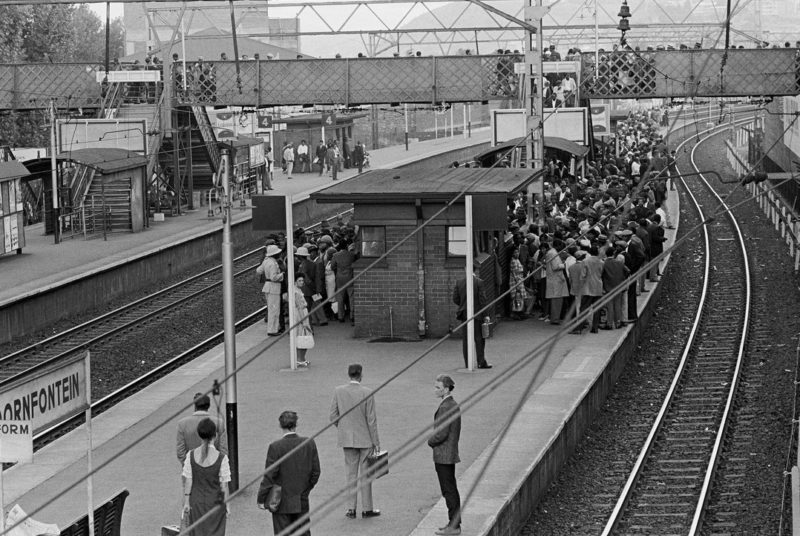
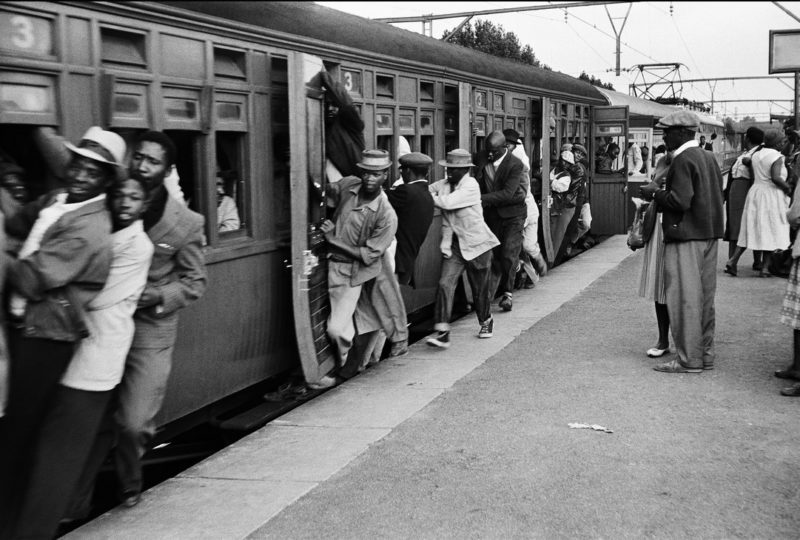
First published in 1967, Ernest Cole’s House of Bondage has been lauded as one of the most significant photobooks of the twentieth century, revealing the horrors of apartheid to the world for the first time and influencing generations of photographers around the globe. Reissued for contemporary audiences, this edition adds a chapter of unpublished work found in a recently resurfaced cache of negatives and recontextualizes this pivotal book for our time.
Ernest Cole, un Sud-Africain noir, a photographié les dessous de l’apartheid dans les années 1950 et 1960, souvent au péril de sa vie. Il a méthodiquement capturé les innombrables formes de violence inhérentes à la vie quotidienne de la majorité noire sous le régime de l’apartheid, en photographiant ses mineurs, sa police, ses hôpitaux, ses écoles.
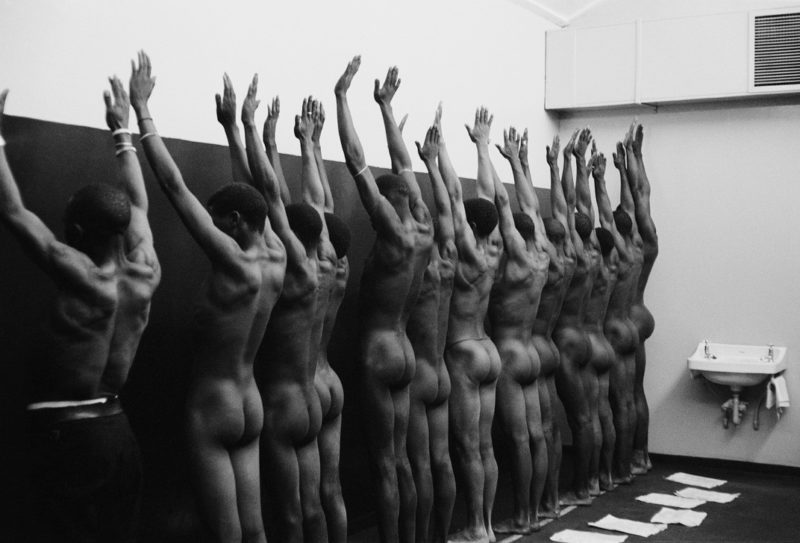
En 1966, Ernest Cole a fui l’Afrique du Sud en emportant clandestinement ses négatifs ; House of Bondage a été publié l’année suivante avec ses écrits et son récit à la première personne. Cette édition conserve l’histoire puissante de l’original tout en ajoutant de nouvelles perspectives sur la vie de Cole et l’héritage de House of Bondage. Elle comporte également un chapitre supplémentaire – compilé et intitulé par Cole « Black Ingenuity » – de photographies inédites de l’expression créative et de l’activité culturelle des Noirs sous le régime de l’apartheid.
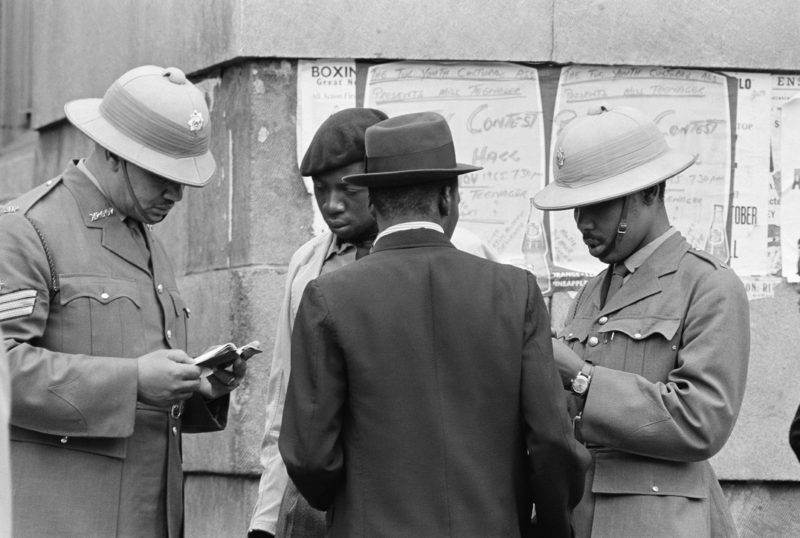
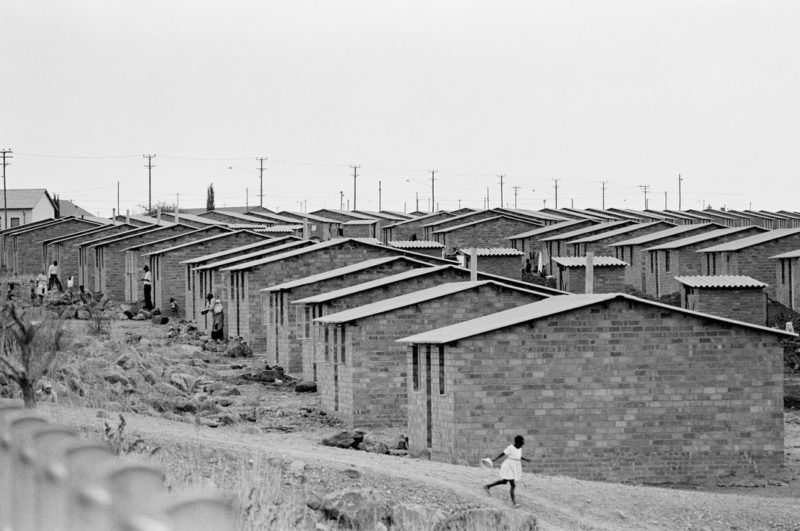
Rendu à nouveau disponible près de cinquante-cinq ans plus tard, House of Bondage reste un document visuellement puissant et politiquement incisif de l’ère de l’apartheid.
Cole, a Black South African man, photographed the underbelly of apartheid in the 1950s and ’60s, often at great personal risk. He methodically captured the myriad forms of violence embedded in everyday life for the Black majority under the apartheid system—picturing its miners, its police, its hospitals, its schools. In 1966, Cole fled South Africa and smuggled out his negatives; House of Bondage was published the following year with his writings and first-person account. This edition retains the powerful story of the original while adding new perspectives on Cole’s life and the legacy of House of Bondage. It also features an added chapter—compiled and titled “Black Ingenuity” by Cole—of never-before-seen photographs of Black creative expression and cultural activity taking place under apartheid.
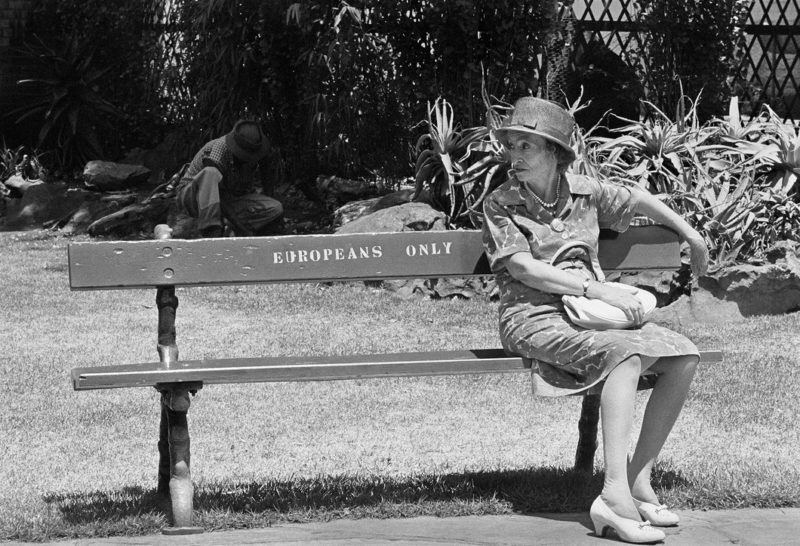
Made available again nearly fifty-five years later, House of Bondage remains a visually powerful and politically incisive document of the apartheid era.
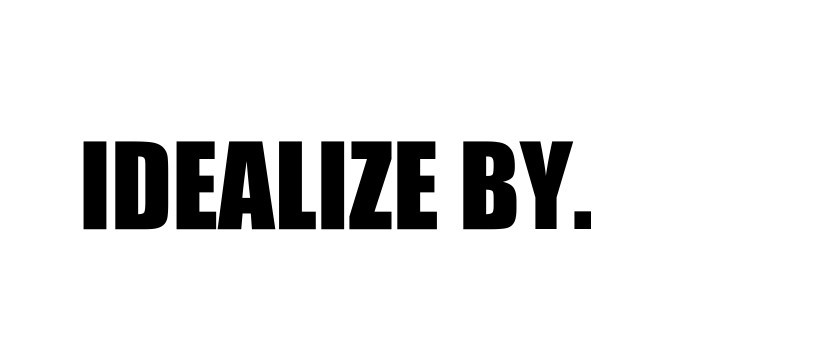
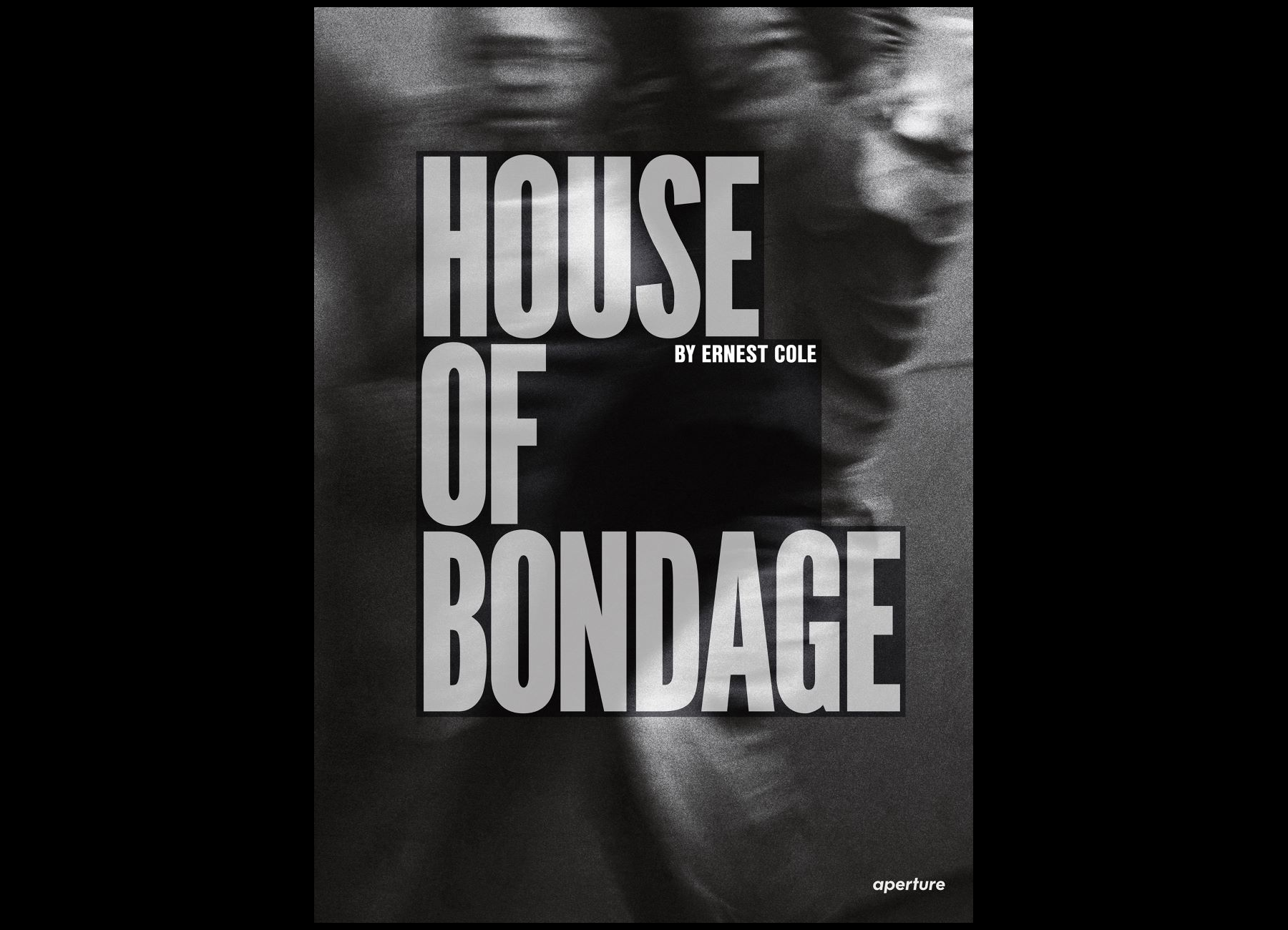
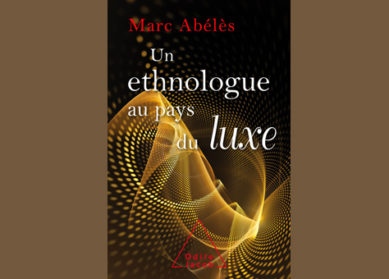

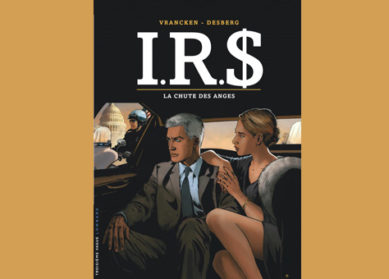




Qu'en pensez-vous ?